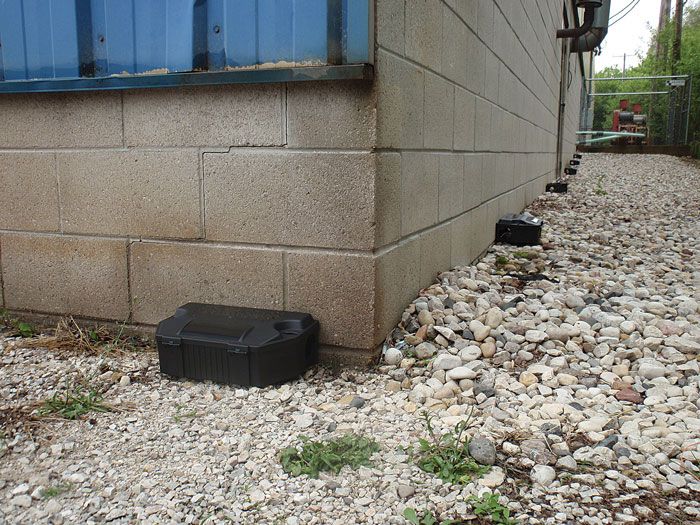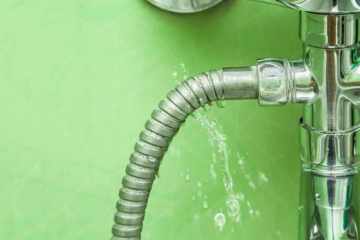Rat Bait Stations: Their Applications and Dos and Don’ts

Rat Bait Stations: Their Applications and Dos and Don'ts
Many times, people try to control the damage caused by rats and house mice by using poison bait. Another thing you should know is that using rat bait stations to control rodents can improve the efficacy and safety of the rodent baits. There are several ways a bait station or rat bait station is pretty useful because they secure the bait against dust and moisture, which makes the bait more acceptable to aim at the animal. It provides a protected place for the rats or rodents to eat or live, allowing them to feel safer. Then, you can keep non-target animals, such as wildlife, livestock, pets, and children, away from the potentially dangerous bait.
Rat Bait Stations:
The rat bait stations permit you to place the bait in some places where it can, or would in any other case, be tedious due to the weather or possible dangers to the non-target animals. It helps in stopping the accidental spilling of the baits. It allows you to inspect the bait to check if rats are feeding on it. It opens in a new window and explains the various types of bait stations. Bait stations can be made for rats or mice. Plus, they can also be designed to have solid baits made from liquid, seed, grain, or both. You can purchase ready-made bait boxes from commercial providers, or you can make them yourself. Some bait boxes are made of plastic, while others are made of cardboard or metal and are sold in hardware stores, supply stores, farm supply stores, or by pest control companies.
Labelling the Bait Station:
Also, you should know that bait boxes can be prepared from scrap materials, and you can also create a design for homemade bait stations tailored to your specific needs. One of the things that you have to remember is that stations should be made of some solid material that cannot be easily broken or damaged. You should take a lot of care when making the bait stations so that they are made in such a way or manner that rodents can go up to the bait. Most of the time, people use concealed latches, seals, or locks to prepare a bait so that it is more tamper-proof. Make sure that once you have made the box or the bait stations, you label them with words like “RODENT BAIT,” “POISON,” or “DO NOT TOUCH.” And make sure that you label this warning on it so that kids and others who don’t know can stay away from it.
Creating the Bait Stations
Next, it is pivotal to design the bait stations in such a manner that permits not only one rodent but several rodents to feed all at once. The bait stations or bait can be as simple as a flat board that is nailed at an angle to the bottom of the wall. Or you can place a long pipe into which the bait can be placed. There are several kinds of bait stations, and they are completely enclosed and contain both solid and liquid cereal rodent baits. Bait stations designed specifically for rats should have two openings that are approximately 2.5 inches in diameter. You should make two holes in the opposite side of the stations so that rodents can see another way to escape, which makes them feel secure.
Baits are available in a variety of shapes and sizes.
In several forms, one can get multiple-dose baits, like loose grains, grain mixtures, pelleted grain mixtures, grain blocks, water-soluble concentrates, and so on. Often times, you will notice that loose grains and pelleted baits are packaged in small paper or plastic packets. The packets can be placed into the bait with an opening, and their contents placed inside the box. Apart from that, rodents also love the liquid baits that contain concentrated sugar. Rats frequently visit water stations because they require water on a daily basis, unless they are eating moist food. Because many animals and pets drink water, you should keep fluid rodenticides out of reach of pets and other animals other than rats and mice.




